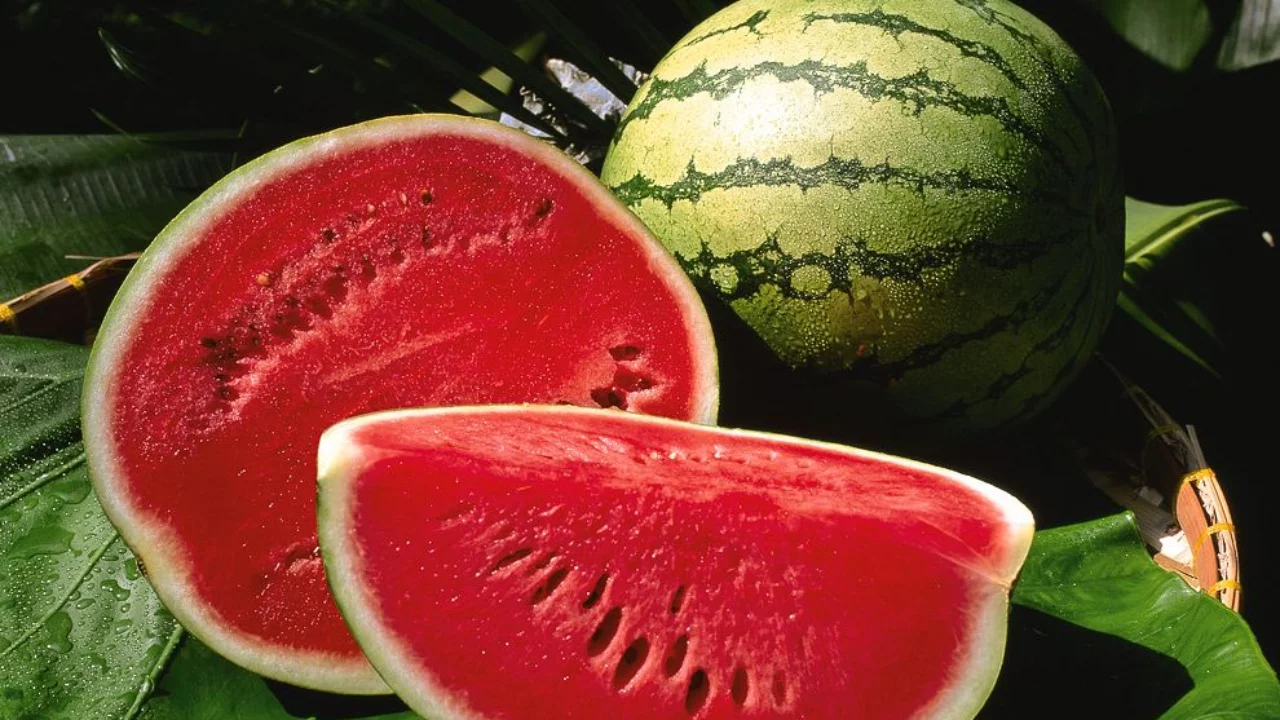
In summer, watermelon is one of the most frequently consumed and easily digestible melons, which is beneficial for the body and often appears on every table. More than 90 percent of its composition is water, 100 grams contain about 6 grams of natural sugar and various microelements. In fact, watermelon is not dangerous for human health, but during cultivation, storage, and transportation, some harmful substances or bacteria may enter it, which poses a health risk.
In what cases are dangerous bacteria a threat?
During the summer, various bacteria causing intestinal infections may multiply on the rind of a watermelon. Such bacteria are the main reason for poisoning. For example, Salmonella Enteritidis or Campylobacter bacteria may settle on the rind during storage and transportation, and penetrate into the fruit when cut. As a result, the pathogens entering the body can cause the following symptoms:
diarrhea,
nausea,
abdominal pain,
increased body temperature,
headache.
In such cases, poisoning may last from several hours to several days, causing dehydration, which is especially dangerous for children, the elderly, and people with weakened immunity.
Nitrates: in what cases are they dangerous?
Farmers use nitrates to increase the yield of watermelons. However, sometimes the nitrate level in the fruit or soil exceeds the norm, which can lead to the appearance of the following symptoms:
cyanosis of the lips and skin,
difficulty breathing,
diarrhea and vomiting,
dehydration,
rapid heartbeat,
weakness,
confusion,
tremors,
in severe cases — coma.
For adults, the safe daily amount of nitrates is 200–300 mg. The most dangerous cases are associated with nitrates and sodium nitrite used in industry. However, nitrate poisoning from watermelon is rare in practice and most often occurs due to contaminated water. For pregnant women, infants, and young children, nitrates are considered dangerous.
Remember: if the amount of nitrates in watermelon is within the norm, this product is safe for health.
What first aid should be given in case of poisoning?
If signs of poisoning are observed (diarrhea, nausea, vomiting, dehydration, and other dangerous symptoms), first call for emergency medical help. Until help arrives, it is recommended to give the patient plenty of clean water. If the patient is a child or an elderly person, it is advisable to use special rehydration solutions sold in pharmacies. If the symptoms worsen or last for a long time, be sure to consult a doctor.
Prevention of poisoning: key recommendations
Buy watermelons only from sellers with certificates and who have passed inspections.
Do not buy watermelons sold on the ground, on the floor of a truck, or by the roadside.
Choose only whole, undamaged, and uncut watermelons. Do not let the seller cut the watermelon “to show the inside.”
Wash the watermelon thoroughly before consumption.
Do not cut watermelon on a board used for raw meat or poultry.
After cutting, place the watermelon in the refrigerator within 2 hours. Do not forget to store the slices in a closed container or bag.
Eating watermelon in summer is beneficial for health, but it is important to pay attention to its cleanliness, storage conditions, and protection from harmful substances. Take care of yourself and your loved ones!
Read “Zamin” on Telegram!Users of Меҳмон are not allowed to comment this publication.









